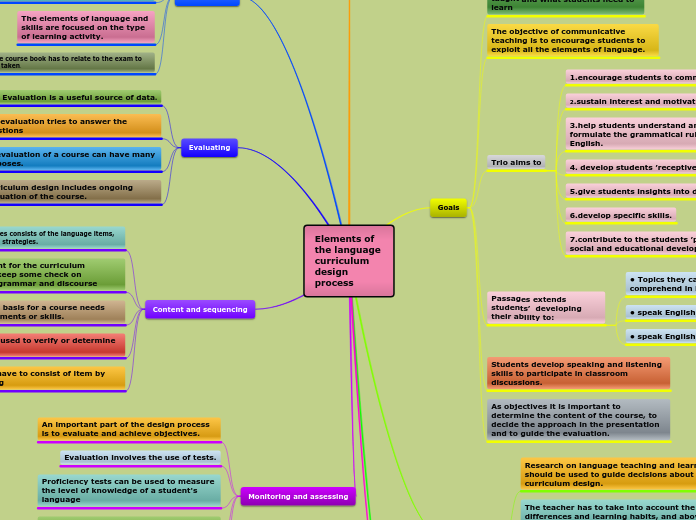por Rafiq Azan hace 2 años
204
Global Warming and Climate Change
Organically farmed food has significant environmental benefits as it is produced without GMOs, antibiotics, or growth hormones, resulting in more nutritious produce and promoting biodiversity.









